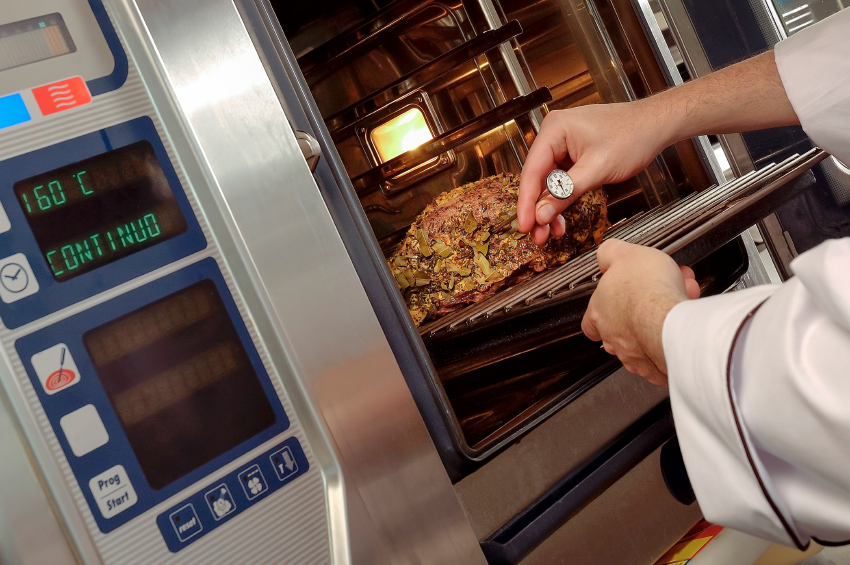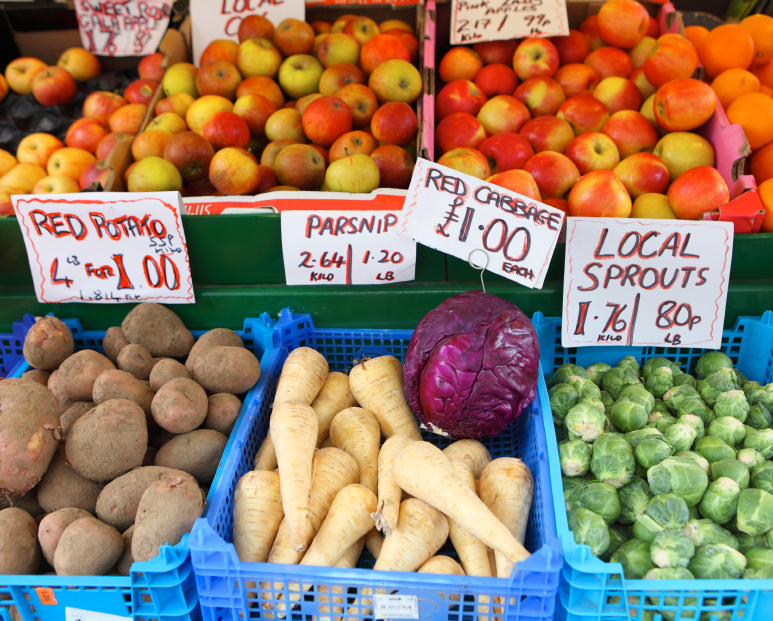
According to new research conducted during the ‘Food Safety Month’ of November, many people are increasing their chances of food poisoning by believing a number of dangerous food safety myths.
Food storage, cooking, cleaning, and of course, eating is a central part of every person’s daily life, so harbouring misconceptions about food safety can put Canadians at risk every single day. That’s why people like you are needed in the food safety profession, to set society straight on what is and isn’t safe to eat.
With the right training, you can start this important work yourself. To begin on the right track, watch out for these five common food safety myths, debunked by leading food safety professionals:
1. Microwaves Kill Bacteria and Ensure Food Safety
Many consumers believe that microwaves’ extreme heat kills bacteria instantly, so microwaving meat is a guaranteed way to ensure that meat is safe for consumption.
While the heat in microwaves can kill bacteria, like any other heat, microwaves are far from a fail-safe cooking method. Foods with irregular shapes or variants in thickness may seem cooked by microwaves, but often they still contain cold spots where bacteria can thrive. Simply put: using a microwave is not a reason to neglect any aspect of food safety in any kitchen.
2. Thermometers Aren’t Necessary, You Can Tell If Food Is Ready By Looking
According to new research from the Food Standards Agency, two thirds of people believe they can tell whether food is safe by its look or smell—but even skilled food quality control professionals can’t tell just by looking or smelling.

There’s a good reason food professionals must use food thermometers when cooking.
In food safety technology training, you’ll learn that the only way to check if food has reached a safe internal temperature is to check it with a food thermometer. Potentially dangerous germs such as E. coli and Salmonella don’t necessarily change the appearance or smell of the food they contaminate.
3. Food Poisoning Is Caused by the Last Thing You Ate
The Food Standards Agency research also reveals that one in four consumers believe food poisoning is caused by the last thing they’ve eaten before feeling their symptoms.
In reality, food poisoning usually takes 1-3 days to develop, and it can take as long as several weeks to take hold, depending on the person and the particular bacteria.
4. Buying Local Produce Means Guaranteed Food Safety
Food safety professionals know, just because some food is sold locally by organic farmers instead of in supermarkets, it isn’t necessarily safer than the food that travelled further.

Just because foods are local doesn’t mean consumers can neglect washing and sanitizing them.
According to Douglas Powell of the Food Safety Network at Kansas State University: “It’s more important to ask whether a farm is located near a high concentration of wildlife, what type of fertilizer is used, what water source is used, how often it is tested and what hygiene practices were used during the harvesting, storage and transportation processes.”
5. Food Safety Problems Don’t Affect People like You
Members of your community should be able to trust their food producers to keep them healthy and serve them only the best, but not all producers are experts on food safety. That’s why there’s such high demand for skilled food quality assurance professionals on the market today.
Every year, Canada experiences 1.6 million cases of food-borne illnesses, resulting in 11,600 hospitalizations, according to the Government of Canada. This year those illnesses caused 238 deaths.
If you’re interested in keeping members of your community as healthy as possible, you can do the important work of guarding them against disease with food safety certification.
Are you ready to pursue food quality assurance and quality control training?
Visit AAPS to learn more about our programs or to speak with an advisor.



